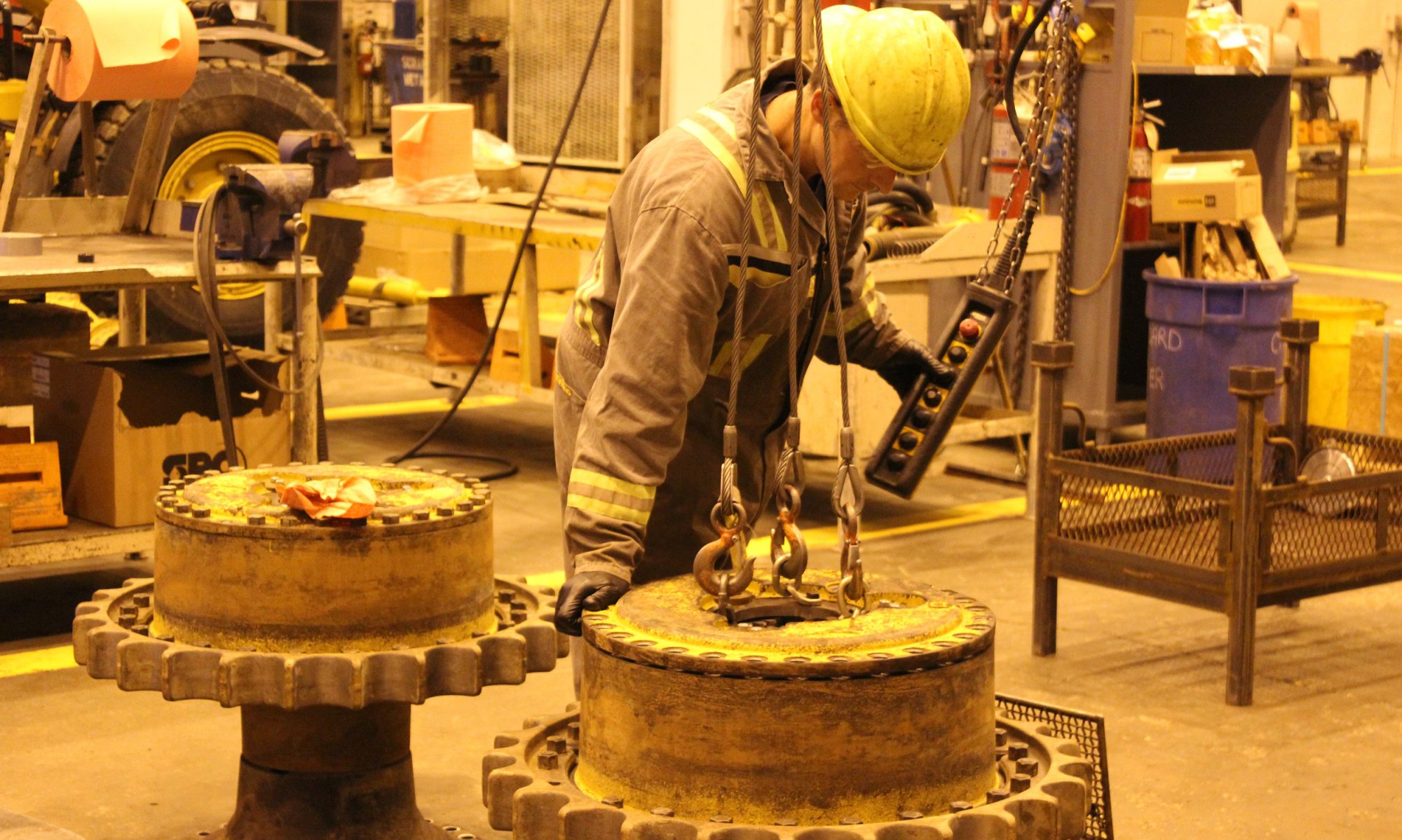Unions are about a simple proposition: By joining together, working women and men gain strength in numbers so they can have a voice at work about the issues they care about.
They negotiate a contract with their employer for things like a fair and safe workplace, better wages, a secure retirement and family-friendly policies such as paid sick leave and scheduling hours. They have a voice in how their jobs get done, creating a more stable, productive workforce that provides better services and products.
Always adapting to the challenges of our nation’s evolving workforce, unions are meeting the needs of workers in today’s flexible and non-traditional work environments. Because no matter what type of job workers are in, by building power in unions, they can speak out for fairness for all working people in their communities and create better standards and a strong middle class across the country.
Union members earn better wages and benefits than workers who don’t belong to a union. On average, union workers’ wages are 27 percent higher than their non-union counterparts. Unionized workers are 54 percent more likely to have employer-provided pensions. Unions help employers create a more stable, productive workforce—where workers have a say in improving their jobs. Unions help bring workers out of poverty and into the middle class.

